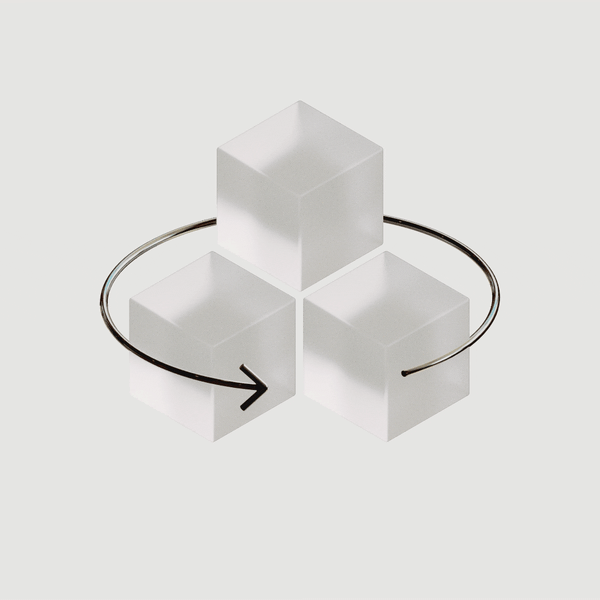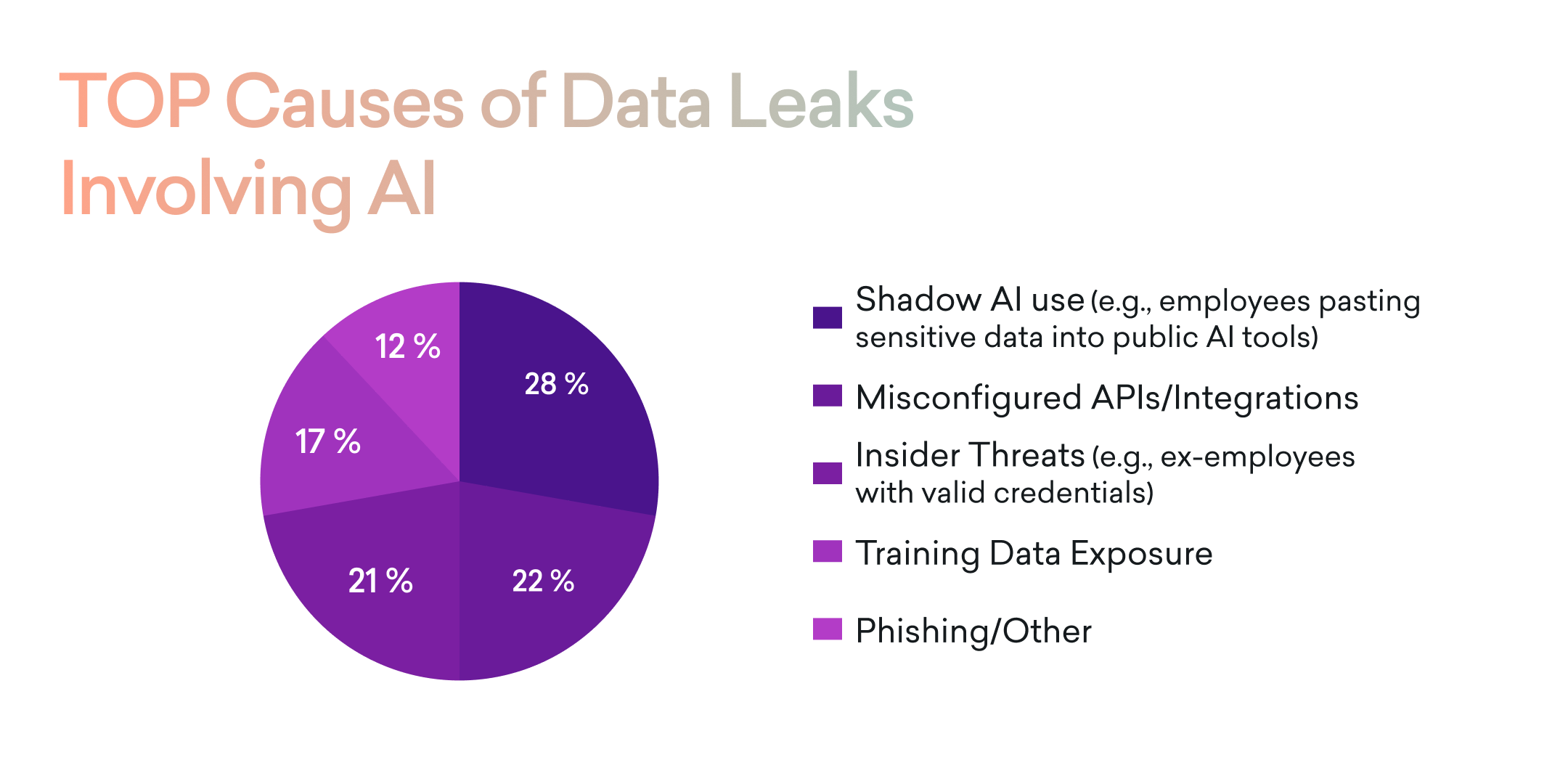With all the ideas and feedback coming from your customers, colleagues, and stakeholders it might be hard to calm your mind and focus on the actual customer needs. For every customer-centric organization, keeping customers satisfied is non-negotiable. But what features will make your product as right as rain? And what’s this secret sauce that gets your customer needs satisfied?
Don’t find customers for your products, find products for your customers. — Seth Godin
The Kano Model has all the answers for you. It is one of the techniques we use in Cleevio for identifying customers’ needs. It helps to define the attributes of products and services which directly lead to better satisfaction. It was developed in the 1980s by Japanese professor Kano, and since then, it’s been widely used by marketers and product leaders from all sectors (case studies from the automotive industry, air transport, or construction companies).
Identifying Customer Needs
Relationship between feature functionality and customer satisfaction.
Customers are buying products with expectations and needs and therefore, the product's functionality and features directly impact customers’ emotions. Based on the Kano model, each product feature can be categorized by their caused effect: Mandatory Features, Satisfiers, Delighters, Indifferent, and Reverse Features. Let’s take a look at them one by one.
Mandatory Features
Also called “must-haves” or “basic expectations”. These are the baseline features of the product that satisfy the basic customer needs. They take them for granted and as a characteristic for its category. For example, when you buy a phone, you expect that it’s capable of writing and sending text messages, making phone calls, etc.
The presence of mandatory features does not lead to happiness or excitement, but their absence leads to a strong dissatisfaction. With the lack of emotional affect, they’re difficult to identify just by asking “What features would you appreciate?” It’s better to ask the other way around: “Would you be disappointed if the feature was missing?”
Note: At the very early stage of the product It is important to not overfill it with features. You can build a Minimum Viable Product (MVP) offering the core set of functions and add features based on customer feedback.
Performance
Among performance features, you can find user requests and features with a linear impact on satisfaction or features that express the quantitative capability of the product. It’s typically true that bigger is better.
Different configurations and implementation of these features can help to separate one product from the other and create a competitive advantage. A highly demanded feature or superior performance might work as a unique selling proposition. Nowadays, popular Freemium products such as Dropbox, MailChimp, or Airtable use Performance features as the main component of their paid plans.
Performance features increase the satisfaction level when fulfilled and a decrease in the satisfaction level when not fulfilled. Their fulfillment is often directly dependent on the price of the product.
A good example of performance features is e.g. smartphone camera resolution, storage size, or battery life. Also several questions and responses in different SurveyMonkey plans.
Delighters
So-called excitement/attractive features are often represented by something extra; special value which customers get despite their requirements. They demonstrate that someone really cares about customers and thinks about the small details that truly make for a unique experience. They show above-standard quality and exhibit exceptionality.
When delighters are missing, nobody complains. If they’re present, they might lead to a significant increase in satisfaction. These features make the difference between Viable and Awesome Products. Customers are telling their friends and family about them and everybody loves them. But be careful — delighters will only work when all the basic expectations are met first!
Customers are slowly getting used to the delighters, and they’re becoming performance features or even mandatory features over time. A good example is the car air conditioner. Originally used in the 1960 Chrysler Imperial as a sign of luxury and unprecedented quality. Today, every newly produced car has one and it’s considered a baseline feature — nothing special.
Reverse and Indifferent Features
Both Reverse and indifferent features are those you should avoid in your product. Reverse features are opposite to satisfiers — the more of them that you deliver, the less satisfied your customers will be. These features are bringing complexity to your product and harm its value.
Indifferent features are those that don’t have any impact on customer needs satisfaction or overall experience. ROI of these features is simply so bad that it doesn’t make any sense to spend resources and time on building them.
At Cleevio we've developed over 120 digital products in the past 10 years so we have enough experience under our belt, to identify both Reverse and Indifferent features so feel free to reach out to us and we'd offer you a free consultation.
Satisfying Customer Needs Using The Kano Model
Alright, now you got the basic concepts of the Kano Model. Let's take a look at how to use it. Just like for any other research method, users and their opinions are key for successfully sorting your product requirements into the Kano categories.
Step 1: Chose The Right Features and Customers
Even though your backlog might be overflowed by features from various fields not all of them are ideal for the Kano questionnaire. You should always include only the features which directly impact your users so they can easily determine how much they’d like to have this feature.
Also, don’t include too many features in one questionnaire. In past runs, we’ve found out that around 20 features should be the max for a good completion ratio and to produce satisfying data.
To avoid noise and unclear results, segment your customers using your own customers' groups, demographics, or approach to innovation. Segmentation will help you to distinguish which features are important for the whole user base and which features will delight only a small user segment.
Step 2: Data Collection
When you have a list of features, it’s time to prepare the questionnaire and get the data. In Kano surveys, every feature comes standard with 2 questions:
- If you had (feature), how do you feel? — Functional positive question
- If you didn’t have (feature), how do you feel? — Dysfunctional negative question
With the identical responses:
- I like it
- I expect it
- I’m neutral
- I can tolerate it
- I dislike it
All the tested features should be well described and ideally complemented with a picture, video, or prototype. Your users should get a clear idea of how the feature will impact their usage. Use the concepts they’re already familiar with or they can easily understand. So, rather than asking: “If your phone had 3 400 mAh battery capacity, how do you feel?” which might be too technical and unintelligible for a mainstream audience, you can ask: “If your phone could run 12 h on one battery charge, how do you feel?”
“Without data, you’re just another person with an opinion.”– W. Edwards Deming
It's possible to also include the third question on the importance of the feature. If more features end with the same results, the importance dimension can help you to decide. If you need to get some extra input on presented features, you can also include a fourth optional question with open feedback:
- How important is having (feature) for you?
- Do you have any feedback on (feature)?
This important question usually comes with the simple 5-point Likert scale: from “Not at all important” to “Extremely important,” while the feedback question should be open-ended. Sometimes, it leads to an additional interview, so don’t forget to ask for emails at the end.
Step 3: Analysing The Results
You’re already in the process of data collection and you might ask how many respondents you need. From my experience, for B2C oriented products, responses from around 50 participants from a homogenous segment can show clear trends and with 100+ participants, you get a good certainty of statistical significance. If you’re B2B oriented, responses from tens of customers will give you a great overview.
For the analysis, I use 3 simple methods that give you a Kano category for each feature, show the relations to the other features, and their potential impact on satisfaction. You can also use a calculation sheet made by Alexey Kartashev, but I strongly recommend to go through the methods and understand how it’s calculated and what the result means.
I. Discrete Analysis
The first step of the analysis is sorting all the responses into the Kano groups based on your participants‘ responses on both positive and negative questions. Use the categorization table for that purpose. E.g. if the user replies that she’d like to have some feature, but at the same time she wouldn’t mind if the feature is missing, then the feature belongs to the category of delighters.
Answers that indicate that a respondent would like to have a feature, but also like the idea of not having the feature should be categorized as a Questionable. It signifies an incorrect understanding or a reckless answering process. In the case of more questionable answers, consider improving and repeating the survey. The results would be most likely flawed.
Then, calculate the number of times when a feature was defined as a particular category. The highest consensus defines its overall category.
If one feature has the same count for more categories, pick the overall category based on the following rule:
II. Continuous Analysis
While discrete analysis gives you a quick overview of feature categories, it also lacks details, such as the opinions of respondents who fell under non-selected categories, and the feature relation with the other features. Continuous analysis, presented by Bill DuMouchel comes with the solution and helps to display all features in an easily understandable chart.
The first step is to assign a numeric value to each answer based on its impact on satisfaction. For that purpose, use the following key:
After that, you can average the functional values and dysfunctional values for each feature which gives you x and y coordinates in the evaluation table. Most of your features will probably get to the top right quadrant and this is also where you start with your prioritization. If your questionnaire contains the important question, simply use a bubble chart with an extra dimension to display the importance.
III. Satisfaction and Dissatisfaction Coefficients
A satisfaction coefficient is a number between 0 and 1, which indicates how strong the impact on satisfaction is if a particular feature is present. Similarly, the dissatisfaction coefficient shows how strongly omitting a particular feature would influence overall dissatisfaction. You can simply calculate both coefficients using the following formula.
When you have the calculation done, I suggest that you sort all the examined features based on coefficients in the graph. It will help you visualize their relative relations and see what features have the biggest impact on happiness when present and what features have the biggest impact on unhappiness when missing.
Step 4: Using The Results
The analysis phase should help you to see which features are considered important by your customers and what category they belong to.
- No doubt, you have to start with the Mandatory requirements, satisfying the basic customer needs. Without their presence, your product can hardly compete in its category and your customers simply wouldn’t want to use it.
- When these are resolved, you can move on to Performance features because these are the features that help you to differentiate your product.
- Even with a tight budget, always make room for some delighters. They give your product a feel that you care about your users more than others. Delighters represent an opportunity to stand out, but they can’t come at the expense of Must-haves.
End
There is no perfect way for feature prioritizing and each method comes with its strengths and weaknesses. From my point of view, the biggest value of the Kano model is getting rid of your team’s emotions and assumptions. Instead of plain opinions, you can decide based on evidence and data. Ideally, it should help you to deliver optimal customer needs satisfaction with your product or service and keep your customers coming back.
While the Kano model provides great insights into the dynamics of customer needs, there still will be many hard decisions and experiments you’ll have to undergo on your way to an awesome product. If I’d paraphrase Jeff Patton: At the end of the day, you shouldn’t just strive to sort a list of features — your job is to create a product that changes the world.









.png)


.avif)